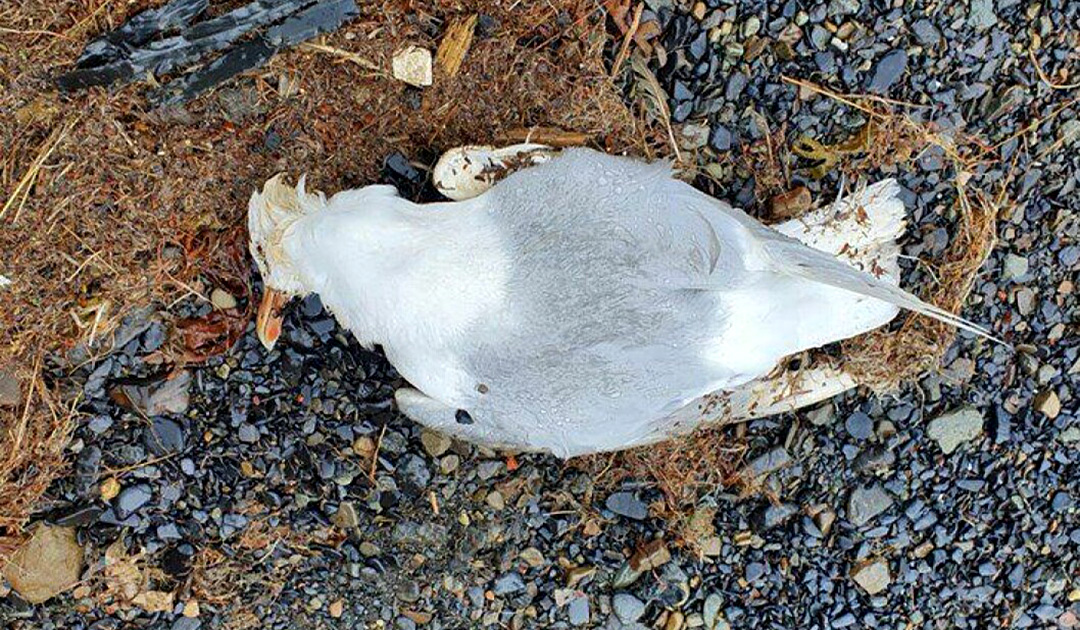
Bird flu has been detected on Svalbard for the first time. According to Knut Madslien, head of the Wildlife Health Department at the Norwegian Veterinary Institute, the detection of bird flu on Spitsbergen is worrying because a number of endangered wild bird populations nest on the archipelago during the summer. The species that breed in the large bird cliffs will be particularly at risk if bird flu is introduced to the bird colonies, Madslien says.

A glaucous gull found dead on the shore in Longyearbyen earlier this month has now been diagnosed with bird flu. According to the Veterinary Institute, this is the first time the virus has been detected this far up in the Arctic. This was announced by the Governor’s office in a press release issued on June 23.
Although cases of avian flu have been recorded in northern Europe, including beyond the Arctic Circle, they have never been recorded in these northern latitudes. Svalbard is located around the 78th parallel north.
It is possible that barnacle geese are the carriers of bird flu, which is fatal for birds. Barnacle geese spend the winter in England and Scotland where an outbreak of the bird flu virus occurred in spring.
Knut Madslien said: “The virus discovered is a highly pathogenic avian flu virus, also known as HPAI. This variant of bird flu is deadly to chickens, as well as wild birds. The outbreak has spread throughout Norway. We have found birds with the same variety from south to north.”

The population is asked to report incidents
The Nature and Species Manager with the Governor of Svalbard, Egil Rønning, says that many observations have been made this spring regarding avian flu in barnacle geese. The barnacle goose in Svalbard winters in England and Scotland.
“When a large outbreak of bird flu was detected there, we thought it was only a matter of time before it came here to Spitsbergen,” Rønning explains. “So far, bird flu has only been detected in glaucous gulls, although samples have been taken from several bird species. But we expect that it will only be a matter of time before bird flu spreads to Svalbard as well. I think people are very good at observing and reporting. I also hope that this doesn’t have too much of an impact on the wild bird population.”
The Norwegian Food Safety Authority warns against touching sick or dead birds as a precaution. Instead, people should notify the Norwegian Food Safety Authority so that they can check whether it is bird flu.
Heiner Kubny, PolarJournal





